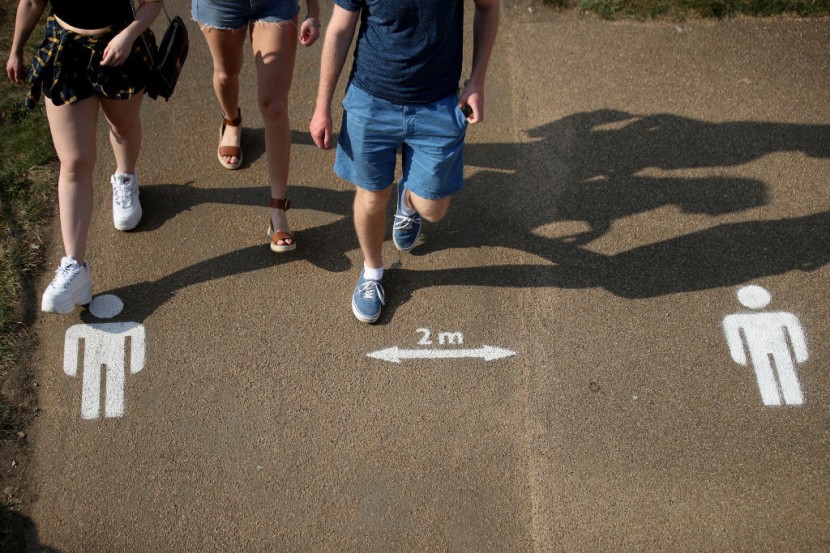
COVID-19 is finding increasing victims across the globe, resulting in disturbing clusters of infection that reiterates numerous scientists' claim: The coronavirus lingers in the air.
Particularly in crowded spaces, if airborne transmission is a remarkable factor in the pandemic, the aftermath of mitigation will be significant.
Now, there is backing evidence that the novel coronavirus can infect people indoors through lingering in smaller particles in the air. This could translate that masks may be needed inside homes.
New research has prompted scientists to call for the World Health Organization (WHO) to amend measures that could significantly affect how people act behind closed doors in confined spaces, reported Daily Mail.
Infection-control measures would also likely include better ventilation systems, according to KHN.
According to the WHO, the novel coronavirus illness is transmitted basically from person to person through small droplets that are discharged when an individual diagnosed with the coronavirus sneezes, coughs, or speaks.
In an open letter to the WHO, 239 scientists in 32 countries summarized the backing displaying that smaller particles can infect people, reported The New York Times.
The agency did not urgently respond when asked by Reuters for a comment.
The researchers aim to publish in a scientific journal the aforementioned letter.
The WHO in its most recent update dated June 29 on COVID-19 stated that airborne spread of the coronavirus was probable only following medical procedures that produce droplets smaller than 5 microns or aerosols.
The health agency has provided guiding measures to deal with the coronavirus including wearing masks, regular handwashing, and maintaining social distancing since the pandemic marked its beginning. This is rooted in its claim that the coronavirus are transmitted through large droplets.
The evidence for air transmission of the virus is unconvincing, according to WHO's technical lead of infection prevention and control, Dr. Benedetta Allegranzi. "Especially in the last couple of months, we have been stating several times that we consider airborne transmission as possible but certainly not supported by solid or even clear evidence."
Aside from the suggestion that masks could be necessary indoors, including in socially distant settings, health care workers may need N95 masks to filter out small respiratory droplets while treating patients infected with the virus.
It was also suggested that ventilation systems in schools, residences, nursing homes, and businesses may require to add strong new filters and reduce recirculating air.
A probability is that ultraviolet light would be utilized to kill small, contaminated particles.
According to the scientists, whether transmitted after a sneeze through large droplets that drop through the air or by tinier exhaled droplets that is transmitted through the length of a confined space, the coronavirus is airborne wherein people can contract the coronavirus when inhaled.
Although there is limited evidence for the spread of the coronavirus from surfaces, the health agency has highly promoted the vitality of hand washing as a primary prevention measure. According to the US Centers for Disease Control and Prevention (CDC), surfaces possibly have a minor role only.
Related Article : Alabama Students Hosting 'COVID Parties' to See Who Contracts the Virus








